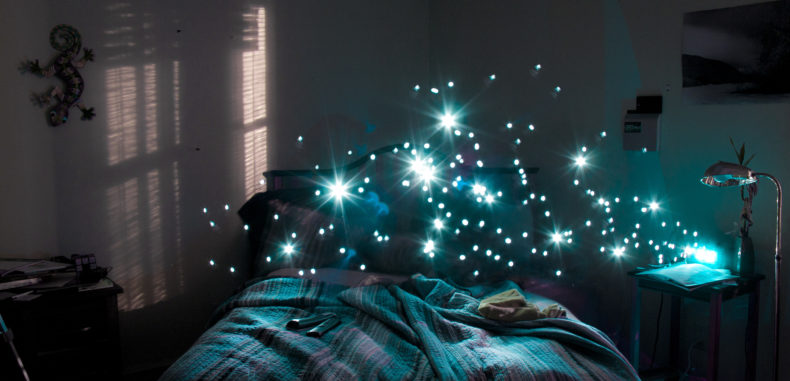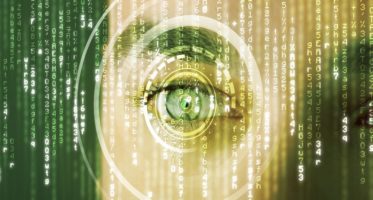A technique to induce lucid dreaming has been independently verified for the first time, and might be even more effective when combined with others.
More than half the participants lucidly dreamed during the trial, a record-breaking success rate in just a week without using external intervention.
Lucid dreaming is the term given to the state where the dreamer is aware they are dreaming, and has some control over how the dream progresses. Once considered a myth, science has confirmed lucid dreams exist, and found some methods work to increase the prospects people will have them.
Nevertheless, some of these require advanced equipment, while others are far from reliable. This is unfortunate both because people enjoy the dreams so much, and they are also considered a potential tool for healing traumas and controlling unhealthy behavior. Dr Denholm Aspy of the University of Adelaide wondered whether combining techniques would bring greater success.
Aspy instructed 169 participants in techniques developed to induce lucid dreaming. One of these, reality testing, gets people into the habit of regularly checking to make sure they really are awake. Mnemonic induction of lucid dreams (MILD) has participants set alarms to wake them after five hours and recite “The next time I am dreaming, I will remember that I’m dreaming” before going back to sleep. MILD practitioners also imagine what it would be like to be in a lucid dream.
In the journal Dreaming, Aspy reports reality testing on its own produced no benefit, but of those who tried the combination of reality testing and MILD, 53 percent had a lucid dream during the trial period, with 17 percent successful each night. He told IFLScience this exceeds any previous study conducted without interventions such as masks that shine lights in people’s eyes on detecting REM sleep.
Given the lack of benefit from reality testing alone, Aspy acknowledged the lucid dreams may be entirely attributable to MILD. He noted, however, his success rate exceeds that of previous studies of MILD, even those conducted by the inventor himself.
Approximately 55 percent of people have a lucid dream at some point in their life, but for most people these are rare. Aspy himself became interested in lucid dreaming after having one as a child, and changed his psychology PhD from studying non-verbal communication after having a lucid dream the night before he was to begin his doctorate.
Most lucid dreamers initially wake quickly but, Aspy told IFLScience, with experience can learn to extend them for up to an hour. Aspy is seeking volunteers for further studies, and told IFLScience he chose the one-week trial period in the hope of producing an effect quickly enough to be suitable for future studies of applications like treating nighmares.
by iflscience
















Social Links: